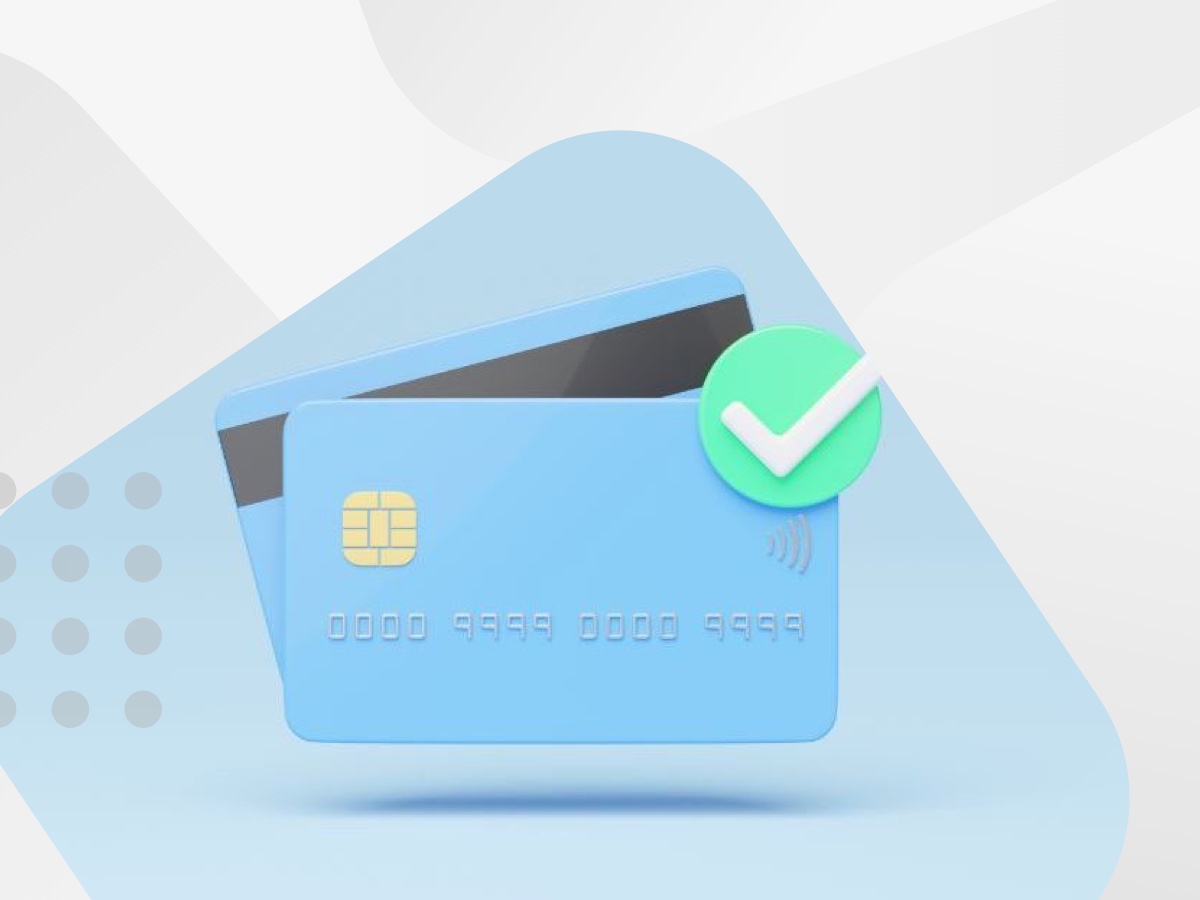
What is a beneficial owner of a company?
A company’s beneficial owner is an individual or entity with a large share of ownership or control over its management, often without public disclosure. Some beneficial owners, especially those participating in criminal activities, take steps to obscure their stake from other shareholders and regulatory bodies. With this in mind, investors and clients should exercise precautions to ensure that the proceeds of their dealings are not financing illicit activities.
What is a beneficial owner, according to regulators?
The Australian Transaction Reports and Analysis Centre (AUSTRAC) defines a beneficial owner of a company as an individual or entity that ultimately either owns or controls it.
The threshold for ownership is 25% of shares or voting rights. These can either be directly held by the beneficial owner or indirectly held via subsidiary organisations and proxies. While multiple bodies may have small shareholdings: if they all link back in the ownership chain to the same entity, that entity is described as the ultimate beneficial owner (UBO).
Further, if an individual or group exercises influence over another shareholder, such that they vote as directed, then this ownership stake is also attributed to that beneficial owner. The same applies if that beneficiary exerts ultimate control over an office holder of the company or the business management and general decision-making. This control may get exercised through several means, including trusts and corporate trustees, policies, practices or internal agreements.
Why would someone not want to be identified as the beneficial owner of a company?
There are varied reasons someone might choose to obscure beneficial ownership or shares held beneficially, many of which may pose a security threat to businesses they interact with. Criminal enterprises are known to hide ultimate beneficial ownership to collect corporate profits while attempting to avoid discovery and litigation from regulators. Similarly, other beneficial owners may seek to hinder the damage their negative public reputation could do to business prospects.
Why is beneficial ownership the concern of financial regulatory bodies?
Because of the link between criminal activity and hidden beneficial ownership, Australian regulatory bodies require many businesses to report on clients as part of their Anti-Money Laundering (AML) and Counter-Terrorism Financing (CTF) compliance. According to the regulator, creating a more transparent environment vis-a-vis business ownership and any controlled money is critical in the battle against such criminal activities.
In particular, AUSTRAC notes that all ‘reporting entities’ (including many financial service providers) must attempt to determine the beneficial ownership of client businesses based on certain Know Your Customers (KYC) procedures. These are also sometimes referred to as Know Your Client practices. The amount of detail required changes according to the assessed level of risk for different customers and the volume of transactions.
What kind of information should you gather for KYC?
The level of KYC you must comply with depends on the nature of the business and its customers. For designated ‘reporting entities’, AUSTRAC requires the following customer information at a minimum to determine beneficial interest:
- For individual customers – you must verify their full name, residential address and date of birth. There are procedures to follow if a customer lacks access to any of those pieces of information.
- For client businesses – you must collate and provide verifiable information such as an Australian Business Number (ABN) or Australian Company Number (ACN), registered business address, Australian Registered Body Number (ARBN), and other identifying details.
Using AUSTRAC’s guidance, the below outlines 5 steps to meeting beneficial owner obligations.
- Assess the level of money laundering/terrorism financing risk posed by each customer, whether they be individuals or businesses.
For non-individual customers such as businesses and trusts, the level of risk posed by each beneficial owner must be assessed individually, rather than assessing the business as a whole. - Determine who the beneficial owners of non-individual customers are. Multiple steps can be involved to trace the ultimate beneficial owners, however, using a service such as the CreditorWatch Ultimate Beneficial Ownership (UBO) report can do much of the hard work for you.
- Collect the full name and residential address or date of birth of the beneficial owners to verify their identity against reliable and independent documentation or electronic data sources. The CreditorWatch Ultimate Beneficial (UBO) Report can identify the full name and address of each beneficial owner, however you will need to verify the information by checking their identity documents, or using electronic identity verification tools such as SmartID.
- Keep records to demonstrate your due diligence process and prove compliance with the AML/CTF Act as set out in Division 3 of Part 10 of the Act.
- Document any procedures that your company has in place to fulfil AML/CTF obligations. Every Australian AUSTRAC Reporting Entity should have a specific AML/CTF program that is followed by all staff to ensure compliance.
For more information on AUSTRAC and ASIC beneficially held ownership, refer to the following:
- AML/CTF Act http://www.austrac.gov.au/businesses/legislation/amlctf-act
- AML/CTF Rules http://www.austrac.gov.au/businesses/legislation/registered-amlctf-rules
- AUSTRAC compliance guide http://www.austrac.gov.au/businesses/obligations-and-compliance/austrac-compliance-guide
- www.austrac.gov.au
- AUSTRAC Information Service Centre, phone 1300 021 037
Identify Beneficial Owners with CreditorWatch Ultimate Beneficiary Ownership (UBO) Reports.
While identifying beneficial owners of non-individual entities may appear complex and daunting, CreditorWatch customers can order a UBO report within a company profile with a click of a button. We analyse ASIC reports to calculate ownership percentages and present the identified beneficial owners in a simple, easy to read PDF report that you can use to retain records and demonstrate your steps to adhere to your AML/CTF Program.
This report increases efficiency, keeps you organised, reduces cost and saves time. It’s a simple way to comply with regulations and provides easy reference.

Get started with CreditorWatch today
Take your credit management to the next level with a 14-day free trial.

